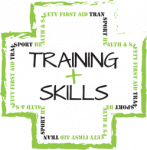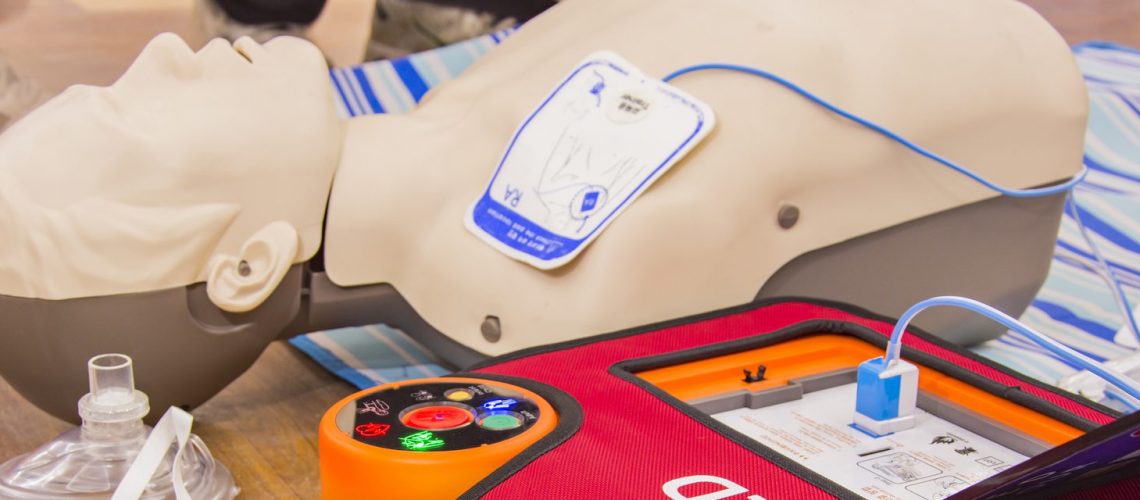Would you know what to do if someone collapsed? Dialling 999 is a good start but you could do more and what you do could make a crucial difference between life and death.
Fewer than 1 in 10 people who have a cardiac arrest outside of a hospital survive. They die before they can get the medical attention that they need. CPR can keep them alive during those vital minutes when help is on the way.
Cardiac arrest occurs when the blood supply to the heart stops. The lack of blood and oxygen can cause major damage to this muscle. Lack of oxygen can also result in a stroke and brain damage.
While it’s easy to think CPR is something that you’ll never need to do bear in mind that British Heart Foundation statistics show there are 100,000 hospital admission every year for heart attacks or one every five minutes.
What is CPR?
CPR stands for cardiopulmonary resuscitation. Basically, it involves using your hands to compress the chest as well as delivering rescue breaths AKA the kiss of life. It works by mimicking how the heart contracts to pump blood through the body and so provide oxygen to the brain.Do you need training?
As the figures above show training in CPR is something that will be useful and lifesaving. Undertaking training will give you the knowledge and experience you need to perform all of the techniques correctly. Remember you need to act fast which is why the Resuscitation Council (UK) say to go ahead with chest compressions even if it’s not something you’ve been trained in or done before. The NHS recommend that you only perform rescue breaths if you have had training and feel confident to do so. Learning how only takes a few hours. Imagine the difference it could make if everyone in your workplace or community knew how to do it!What do you do?
There are two parts to CPR – breathing and compressions.Chest Compressions
Compressions make the blood flow. They are done by using your hands and your body weight to push hard and fast on the chest. Compressions should use a consistent rhythm with a recommendation of 120-200 a minute from the Resuscitation Council. They also suggest humming ‘Stayin’ Alive’ and pumping in time.Rescue breaths
Mouth to mouth gives the person oxygen to get and is intended to start them breathing again. Recommendations are two breathes for every 30 compressions.What about defibrillators?
The 999 operator may direct you to use a defibrillator. You’ve probably spotted them around your community and wondered how you earth you use them. Don’t worry if you are instructed to put one to use there will be clear instructions and you can’t do any harm. Delivering a shock won’t make the situation any worse and can actually make all the difference. This is another good reason for training. It takes the mystery out of these vital resources and encourages its use in an emergency.Has COVID-19 suspended CPR?
With everything we’ve been told about masks, infection and social distancing breathing directly into a stranger’s mouth seems like something you’d want to avoid at this time. So is CPR suspended at present? Rescue breaths always have a small risk of infection. The Resuscitation Council recommend focusing on compressions and defibrillations with a cloth placed over the nose and mouth of the collapsed individual.What next?
- Remember in an emergency start by phoning 999 and by calling out that you need help
- Play a game – download the Resuscitation Council’s LifeSaver app . The game puts you at the centre of an emergency to teach you lifesaving skills.
- And…
Get trained to deliver CPR and encourage other people you know to learn how to do it too.
Talk to us about the training we offer on this and other areas of first aid.


